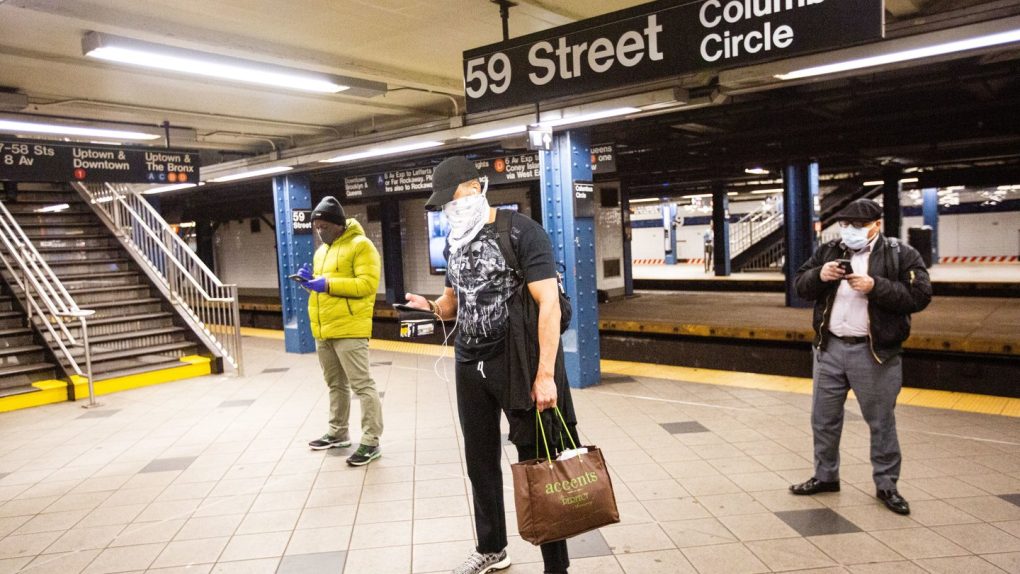- Social distancing due to coronavirus should continue until summer, researchers now say.
- Rolling back the containment efforts too quickly will result in a huge rebound of new cases, according to predictive models.
- Visit BGR’s homepage for more stories.
Ever since the novel coronavirus outbreak became a pandemic that forced us to live the vast majority of our lives inside our homes and away from just about everyone, there’s been one question at the top of everyone’s mind: When will this all end? Scientists are working on vaccines, researchers are testing a variety of treatment options, but we’re still no closer to a return to normalcy.
Now, a team of scientists from the University of Notre Dame suggests that the current state of lockdown and social distancing in the United States should be maintained if we want to avoid a second huge wave of infections and deaths.
Right now, scientists are using computer models to predict the spread of the virus based on a variety of different factors. One of those variables is the rate at which we return to a “normal” way of life, meaning that stores will be open, people will be allowed to gather in large numbers, etc. It should come as no surprise that, since a reduction in those activities has helped to stunt the spread of the pandemic, reversing them is expected to cause a resurgence in the number of coronavirus cases.
With that in mind, the team from Notre Dame ran their model to forecast what could happen if social distancing mandates were relaxed as early as May. Predictably, the simulation suggests that bad things are likely to happen.
“Our results indicate that control measures that are in place right now may need to be maintained at a fairly high level until the summer if we want to lower transmission,” Alex Perkins, lead author of the study, said in a statement. “At that point, we may be able to dial back those protective measures somewhat, but we will not be able to relax them completely until we have a vaccine.”
That’s obviously not great news for those of us who are really itching to meet up with friends and family, but studies like this one have helped to flatten the curve in some of the hardest-hit areas and it would be wise to take this advice to heart.
“The major takeaway is what we do in the short term has a big impact on what happens in the long term,” Perkins explains. “If we keep social distancing measures in place through the short term, and reduce transmission, we’ll have greater flexibility and more options for relaxing them later. If we get into a situation where things are twice as bad as they are now, it’ll require a full-scale effort of lockdowns and tighter social distancing measures to get transmission levels down and prevent a catastrophe.”








